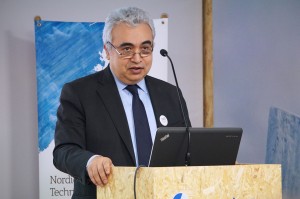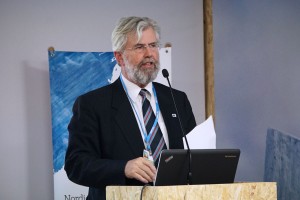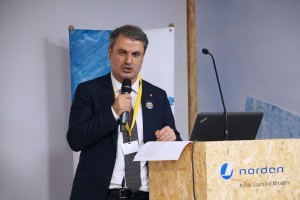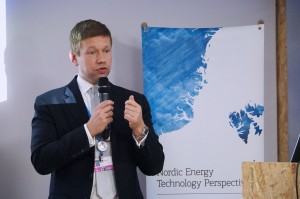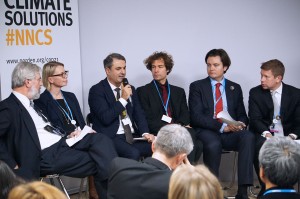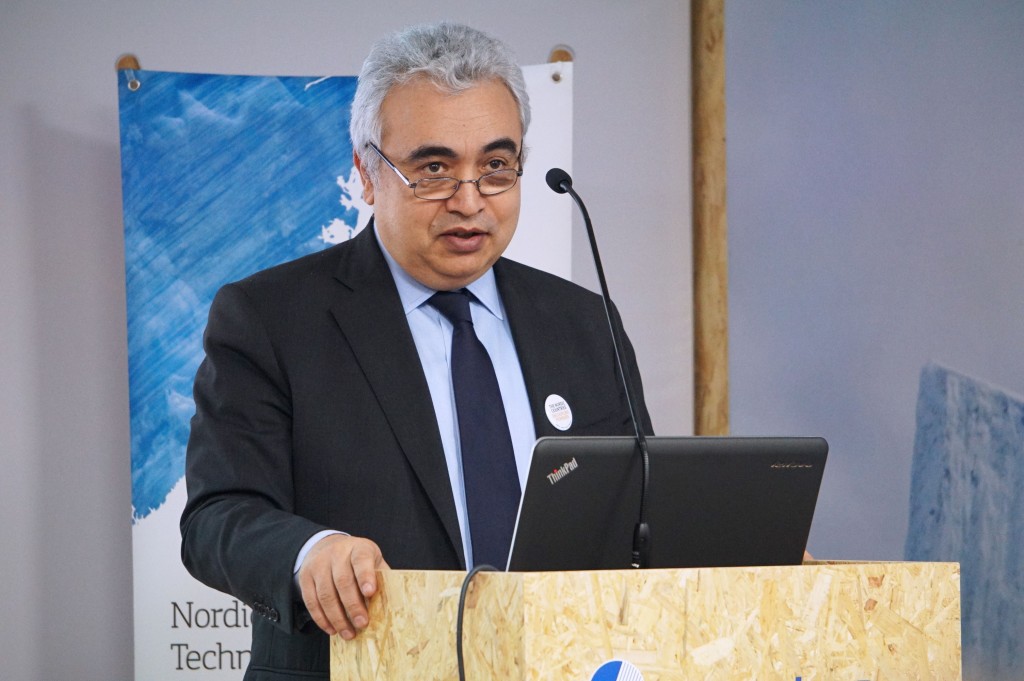
Decoupling of emissions
Nordic Energy Research (NER) together with the International Energy Agency (IEA) hosted a side event at the 21st UNFCCC Conference of the Parties (COP-21). Among the presenters were Nordic Energy…
Nordic Energy Research (NER) together with the International Energy Agency (IEA) hosted a side event at the 21st UNFCCC Conference of the Parties (COP-21). Among the presenters were Nordic Energy and Climate ministers, the Executive Director of NER, Hans Jørgen Koch as well as the Executive Director of IEA, Mr Fatih Birol.
“There’s definitely a lot of lessons to learn from the Nordic experience. My appeal to our Nordic colleagues is this: Don’t be so modest. Tell the world that this can be done.”
(Fatih Birol 8.dec 2015)
Fatih Birol stated in his presentation that;
“The IEA would like to see a ”happy divorce” between economic growth and emissions. We have several suggestions to the international energy community and this has been widely reflected in the discussions at COP21.”
He also saluted the Nordic countries as decoupling pioneers:
“The example of the Nordic region has been very helpful to the IEA in demonstrating that decoupling economic growth and emissions is possible. Using substantial amounts of zero-emissions technologies is at the heart of the Nordic example, ranging from renewables, most importantly hydropower, wind and solar, to nuclear energy in some countries. This has reduced the carbon footprint of the Nordic countries.”
Hans Jørgen Koch in his presentation outlined how the decoupling was achieved:
“Since 1995, the Nordic countries have seen a stable and even decreasing level of CO2-emissions, and at the same time, we’ve experienced a growth in GDP similar to other highly developed countries, e.g. the OECD countries. There are no indications that the efforts made to increase energy efficiency and renewable energy have in any way been harmful for the economic growth – probably on the contrary.”
The Swedish Minister of Energy, Ibrahim Baylan explained how district heating systems and waste to heat had become key features of the Swedish decoupling experience:
“Today, more than half of Sweden’s heat demand is delivered by competitive district heating companies, operating on completely liberalised heat markets. District heating networks enable combined heat and power production, a rational waste management system and not least utilisation of waste heat from industrial processes. This is energy efficiency at whole system level.”
Christian Pilgaard Zinglersen, Deputy Permanent Secretary for Energy, Danish Ministry of Energy, Utilities and Climate explained in his presentation how renewables and interconnectivity provide stable energy systems and pricing;
“We’re significantly above EU average as far as interconnectivity is concerned. As an example, Denmark will probably reach an interconnectivity of about 100% in the next 3-5 years. This couples to a very high degree of security of supply compared to other European countries. Moreover, costs per unit of renewable power are very low.”
“Firstly, we have a socio-economic approach to interconnections. If the net socio-economic value is positive, we’ll build. Secondly, there’s a flexible approach to distribution of cost between the countries, based on net-benefit. Finally, we have a packettering approach, meaning that a specific interconnector that may not be feasible in isolation is built in conjunction with 2-3 others.”
An edited video is available here: http://www.norden.org/en/news-and-events/videos/decoupling-co2-emissions-and-economic-growth

